We can often read in the headlines that the next catastrophe is just around the corner. This is partly understandable as the current trends for the future pose major challenges that need tackling.
Even though the situation is challenging, it is by no means hopeless. Predictions of threats have their place as instigators of a need for change, but if they are overemphasised, they may result in apathy.
The solutions to challenges and the consequent potential futures are often described by saying what will be missing. The seeds of better futures die off and give way to miserable dystopias of denial, in which the use of private cars is forbidden and people are no longer allowed to eat meat. These dire visions easily prevent people from imagining what the future could be like.
We suffer from an inability to envisage new possibilities. We cannot see better futures but only a continuation of the present. This inability could be seen in the party leaders’ visions about Finland in 2050, for instance.
We need faith in the future and the imagining of desirable futures to combat apathy and the inability to envisage new possibilities.
To get rid of apathy and the inability to envisage new possibilities, we need to be allowed to have faith in the future; we need to imagine several different futures and we need to have new language and images to make better futures understandable.
Have faith, imagine and bring the future into the present
Here are three principles that you should keep in mind when contemplating the future:
- You are allowed to have faith in the future. Among dystopias, predictions of threats and fear-based visions, you are still allowed – and actually required – to have faith in a better future. Faced with existential risks, we also have great sources of hope. A lot is already being done for a better future and, when looking at most indicators, we are now better positioned to make major changes.
- Imagine new futures. We tend to see the future as a continuation of the present and ignore several different visions of the future. What we need is to expand our perception of the future, to take surprising and non-evident trends into account and to challenge future-related assumptions. Weak signals are one tool for this.
- Bring the future into the present and experience it. Contemplations about the future easily remain too vague for people to properly identify with them. The future needs to be made easy to experience and a part of everyday life with the aid of drama, prototypes or other artistic methods, among other means. This also makes it easier to discuss what actually is desirable.
In his book The Image of the Future, the researcher in future studies Fred Polak wrote that man has the capacity to dream finer dreams than he has ever succeeded in dreaming. In my opinion, this complex statement is based on a strong belief in our ability both to imagine better futures and to build them together.
Imagining better futures will be experimented with in the “Utopias to combat futures-by-negation” workshop in the “Constructing Social Futures” conference in Turku on 13 June. Tools for envisaging and future-oriented thinking can also be found in the toolbox for people shaping the future.
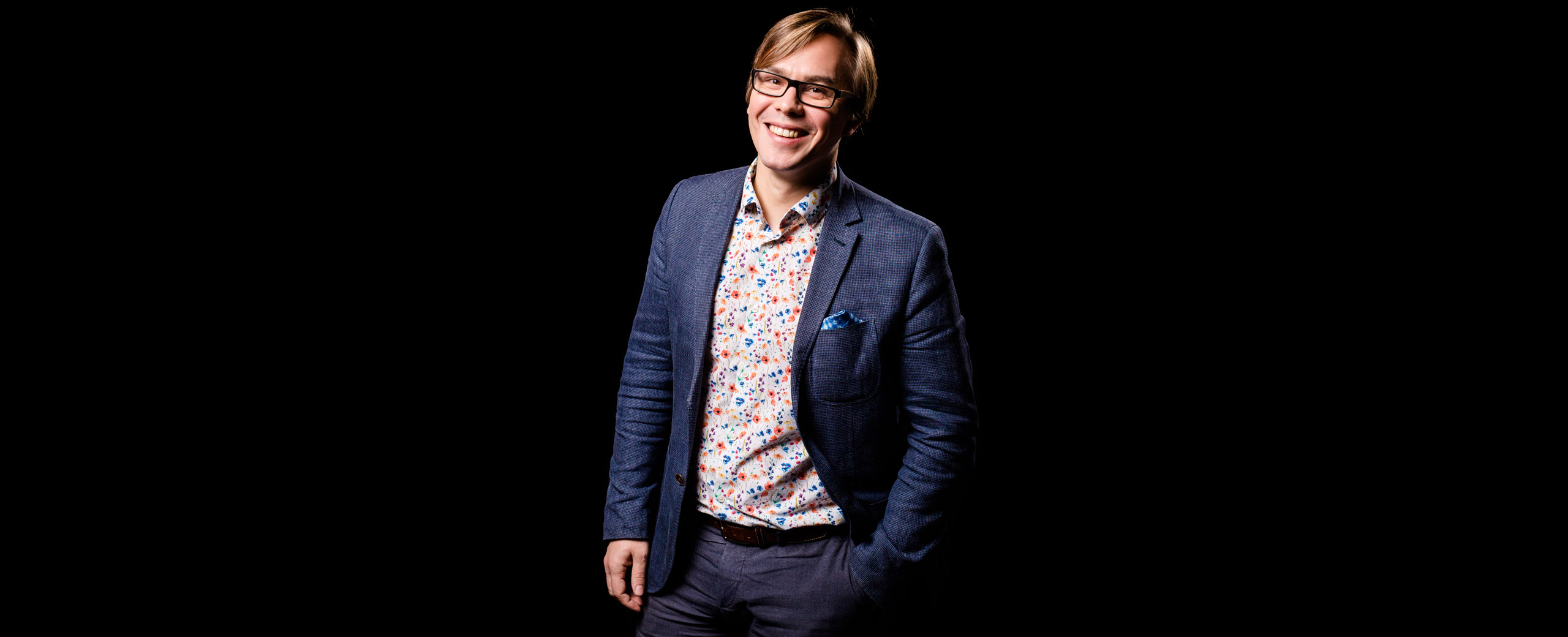




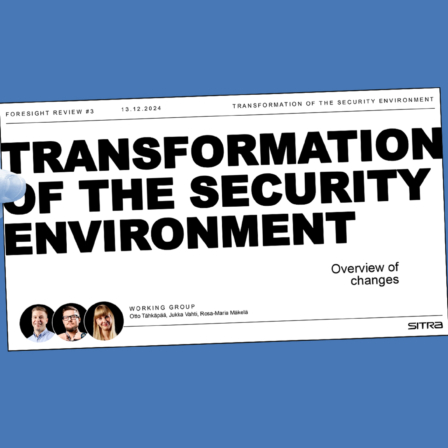
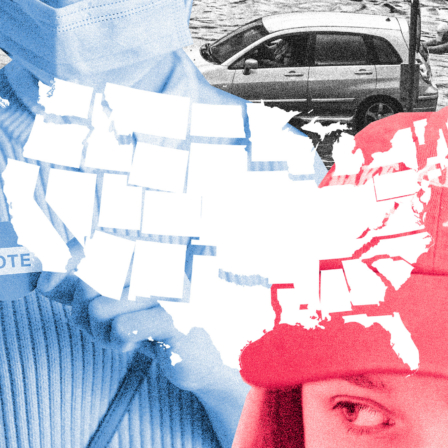
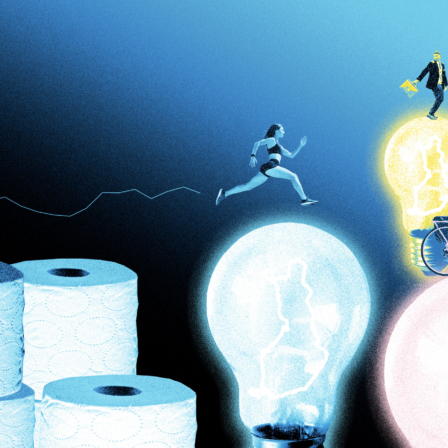
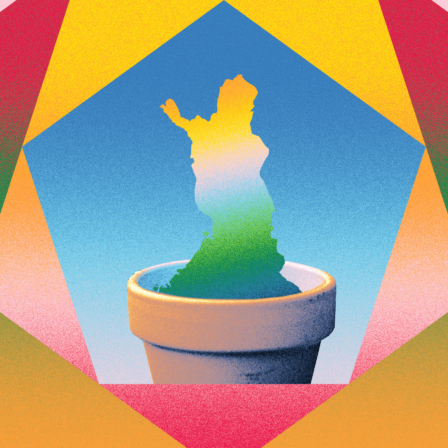
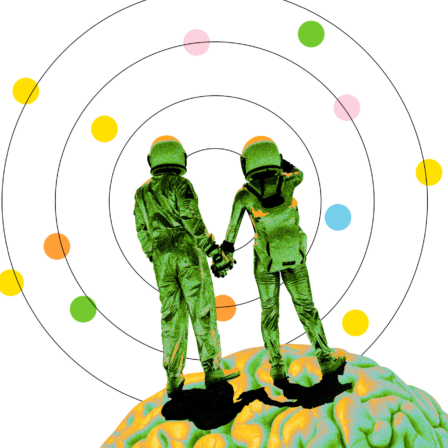

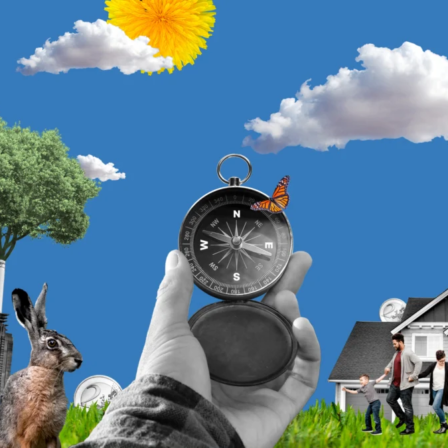

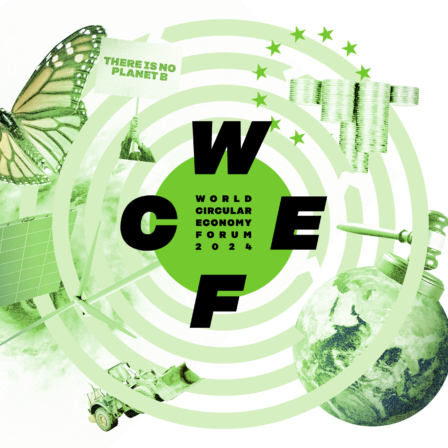
Recommended
Have some more.